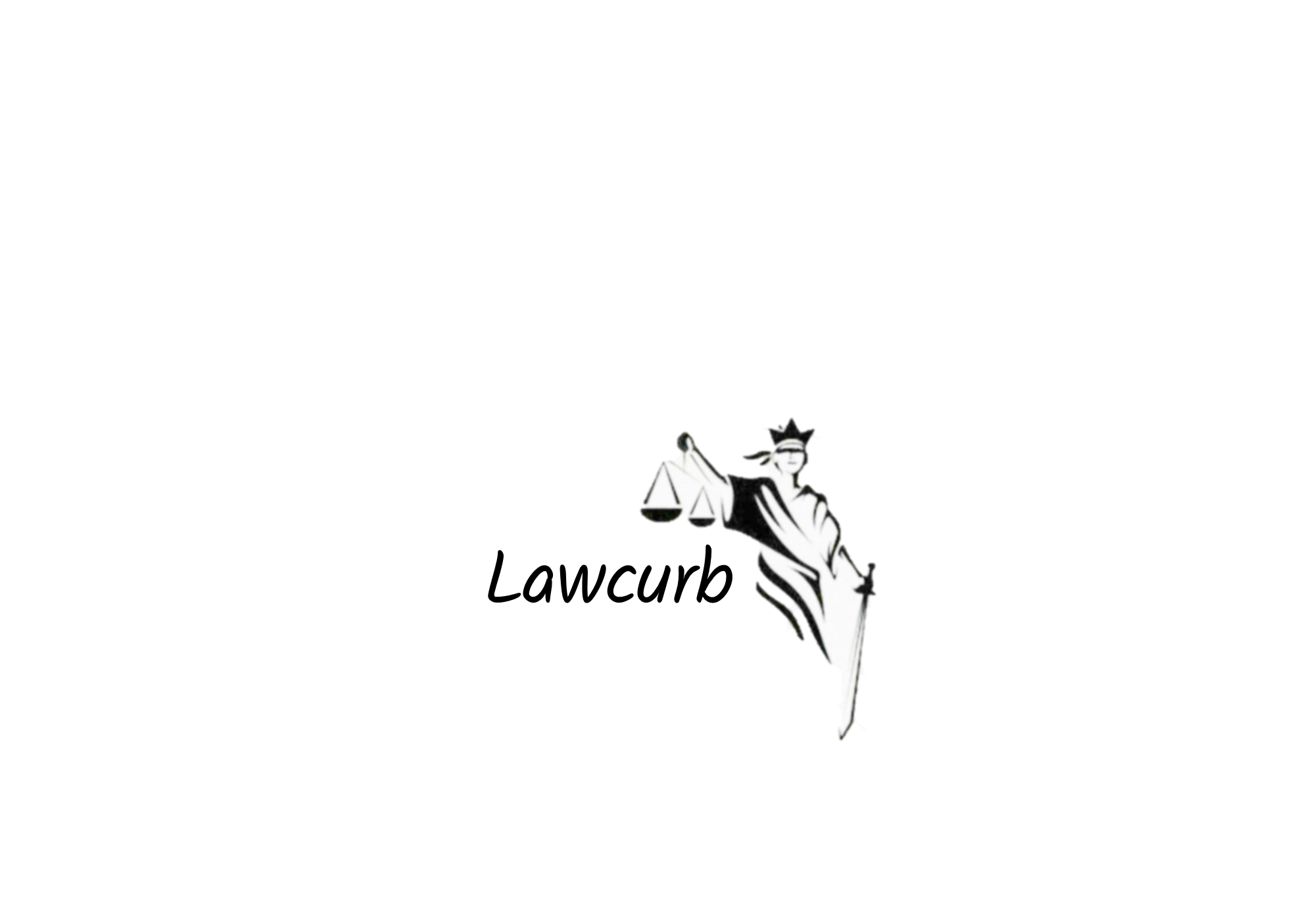The Dadra and Nagar Haveli Act, 1961
Dadra and Nagar Haveli, a Union Territory in western India, has a unique historical background. Prior to 1954, it was under Portuguese colonial rule as part of their enclaves in India. In 1954, local residents, supported by Indian freedom fighters, liberated the region from Portuguese control, leading to the establishment of a provisional administration known as "Free Dadra and Nagar Haveli." This administration was governed by the Varishta Panchayat (Elder Council), which functioned as a de facto government until its formal integration into India.
In 1961, the Indian government formally annexed Dadra and Nagar Haveli through the Dadra and Nagar Haveli Act, 1961, which came into effect retrospectively from August 11, 1961. This Act provided a legal framework for the administration of the territory as a Union Territory under the direct control of the Central Government, in accordance with Article 239 of the Indian Constitution.
Formal Integration into India: The Act legally incorporated Dadra and Nagar Haveli as a Union Territory, ensuring its governance under the Indian Constitution.
Transition from Provisional Rule: It provided a structured shift from the Varishta Panchayat system to a centrally administered framework.
Legal and Administrative Continuity: Existing laws, taxes, and officials were retained to avoid disruption.
Judicial and Legislative Framework: The extension of the Bombay High Court’s jurisdiction and parliamentary representation ensured proper legal and democratic processes.
The Dadra and Nagar Haveli Act, 1961, marked the culmination of the region’s transition from Portuguese rule to a liberated territory and finally to an integral part of India. It balanced continuity with reform, ensuring smooth governance while integrating the territory into India’s constitutional and administrative system. Today, Dadra and Nagar Haveli (now merged with Daman and Diu as a single Union Territory since 2020) continues to function under these foundational legal principles.






